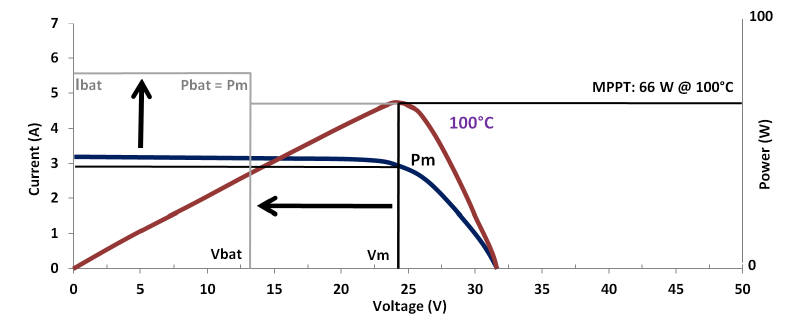HOW DO I SIZE AND SELECT MY CHARGE CONTROLLER??
- rentechsyst
- Jul 3, 2020
- 3 min read
Updated: Jul 20, 2024

Be careful when choosing a charge controller/regulator for your system. Remember this controller will protect the most expensive component of your solar system: the batteries. It is not enough to just know the controller amperage. There are lot of subtle and hidden differences that can seriously affect the performance of your system. We are briefly going to look at some of the important things to look out for in selection and sizing
TYPE: Well to start with, from previous post, an MPPT Charge Controller will always beat PWM charge Controller hands down because of the higher efficiency and higher yield (approximately 30% more). This means that with an MPPT you will need less solar panels.. or with the same panel rating(Wattage) , you get a higher energy yield. So when it comes to TYPE, if you can afford it, an MPPT Charger Controller is always recommended.
SIZE: There are three important parameters for sizing charge controllers: input voltage, output voltage and input “short-circuit” current.
(i) INPUT voltage- this is input voltage from the solar panels. There is minimum start-up voltage and maximum voltage. Minimum start-up voltage is the minimum solar voltage where your controller starts working. Simply refer to your controller catalogue/data sheet for this voltage value and see if the solar panel array’s voltage (Open Circuit Voltage) is above the minimum start-up voltage. It is also important to ensure that the solar panels’ voltage does not exceed the maximum voltage of the charge controller. This is absolutely vital as input voltage that exceeds the maximum voltage of the controller may PERMANENTLY damage your charge controller. Remember that voltage in series adds up, and is the same in parallel. So to determine your panel array voltage, you simply add up the voltages of the panels in series (for similar panels as recommended).
(ii) OUTPUT Voltage: this refers to the output voltage from your controller into your batteries. Charge controllers are designed to work with certain voltages: typically 12V, 24V; 36V and 48V as per the voltage of your battery bank. Make sure your controller can handle the voltage in your battery bank
(iii) Input Short Circuit Current: The short-circuit current is the current through the solar cell when the voltage across the solar cell is zero (i.e. when the solar cell is short circuited) [1]. Don’t worry too much about this technical jargon, the panel datasheet will clearly tell you the short circuit current of your panels. Remember current adds up in parallel, and the same in series. The PV Panels’ total short-circuit current should not exceed the allowable current rating of your Charge Controller.
Word of Caution: PWM Charge Controllers operate at nominal voltage (matching only battery voltage), implying that wrong size selection can limit output from your panels e.g. if you have a 30A Charge Controller and a battery bank of 24, the maximum power you can get from your panels is = 24V x 30A= 720W… so even if you have panels of say 900W those panels will still be limited to the 720W maximum, so in such a case you have to select a bigger controller.
Please take note that the above analysis on sizing has not considered other factors like temperature correction, losses, efficiency which are all site-specific.
ADDITIONAL FEATURES: Other important additional features that should be looked out for that some charge controllers have (but not all) including:
Battery temperature compensation function
Battery over voltage protection
Battery over discharge protection
Load overload protection
Load short circuit protection
Accurate recognition and tracking of multiple-peaks maximum power point (for MPPTs)
Real-time energy statistics function
Overheating power reduction function
Full-load operation without any drop in capacity within the range of working environment temperature
Night Reverse Charging Protection
Battery Reverse Polarity Protection
Battery Overheating Protection
Controller Overheating Protection
All these salient subtle features separate one controller from another, and subsequently affect performance.
Sources:
About Author:

Lovewell Chitiyo is a Mechanical Engineer with 15 years experience in the building services Engineering consultancy, renewable energy systems and sustainable design fields. He is currently studying Masters in Renewable Energy at Stellenbosch University in South Africa
Lovewell is an Accredited Professional with the Green Building Council of South Africa for Existing Buildings Performance and New Buildings; Interiors, holding several qualifications and certification in Renewable Energy and Sustainability.
Lovewell also has vast experience in design, supervision, installation and commissioning of several projects locally and regionally in the last 15 years.






Comments